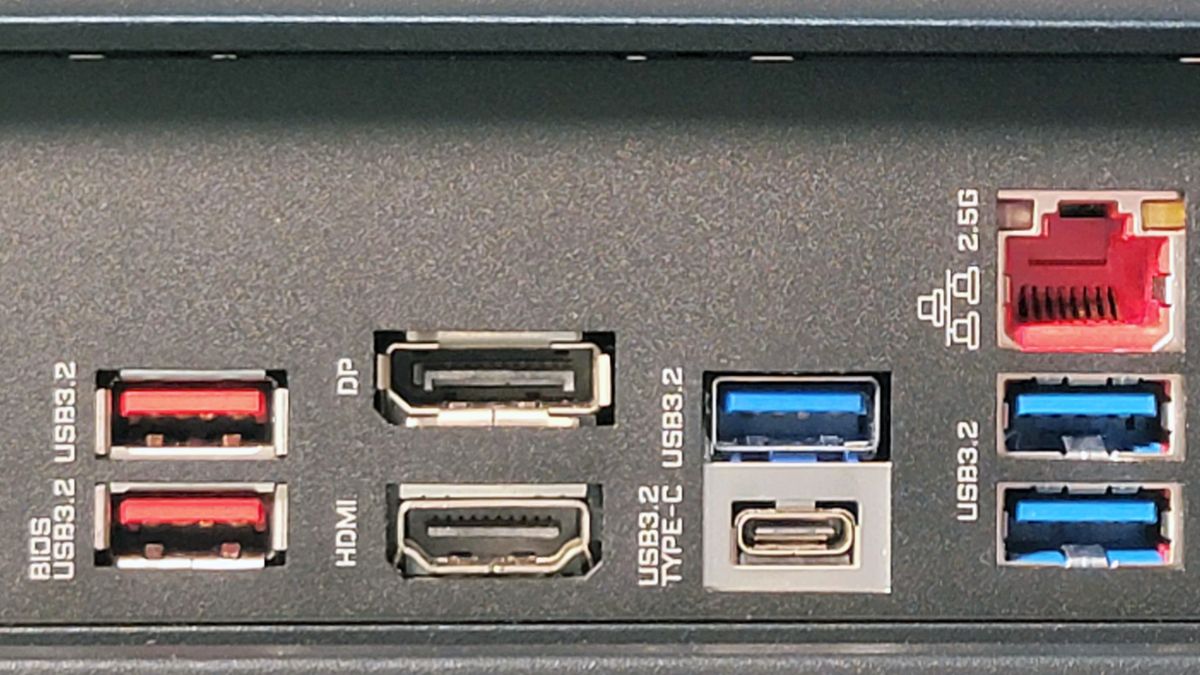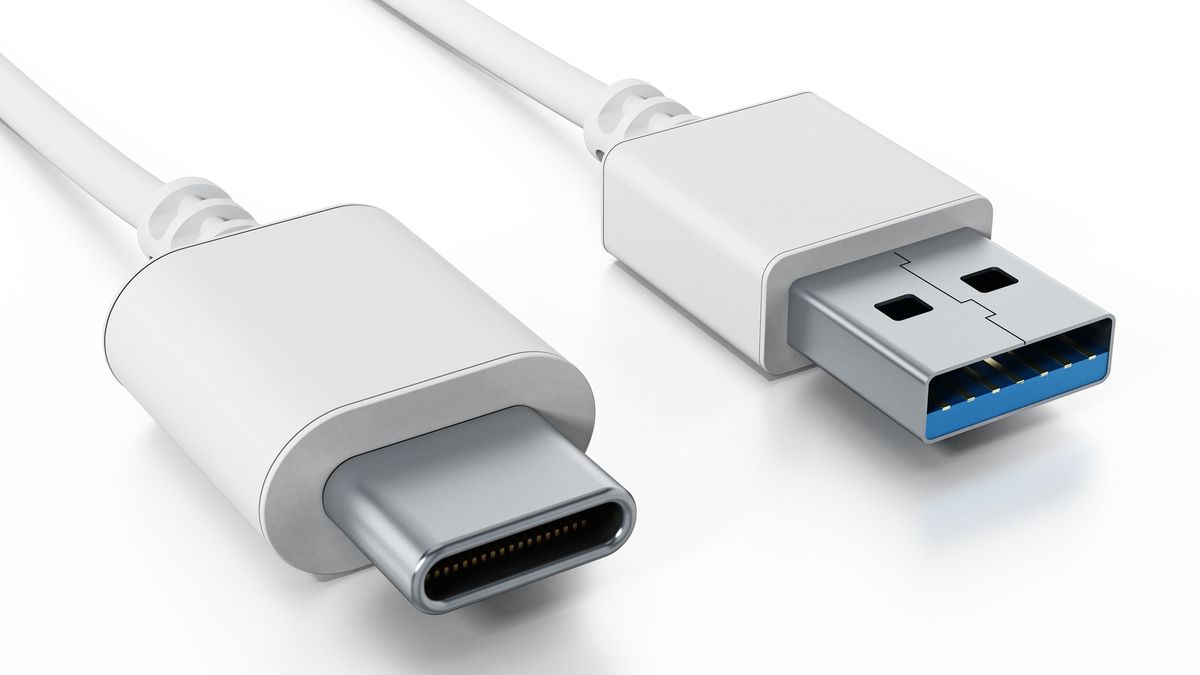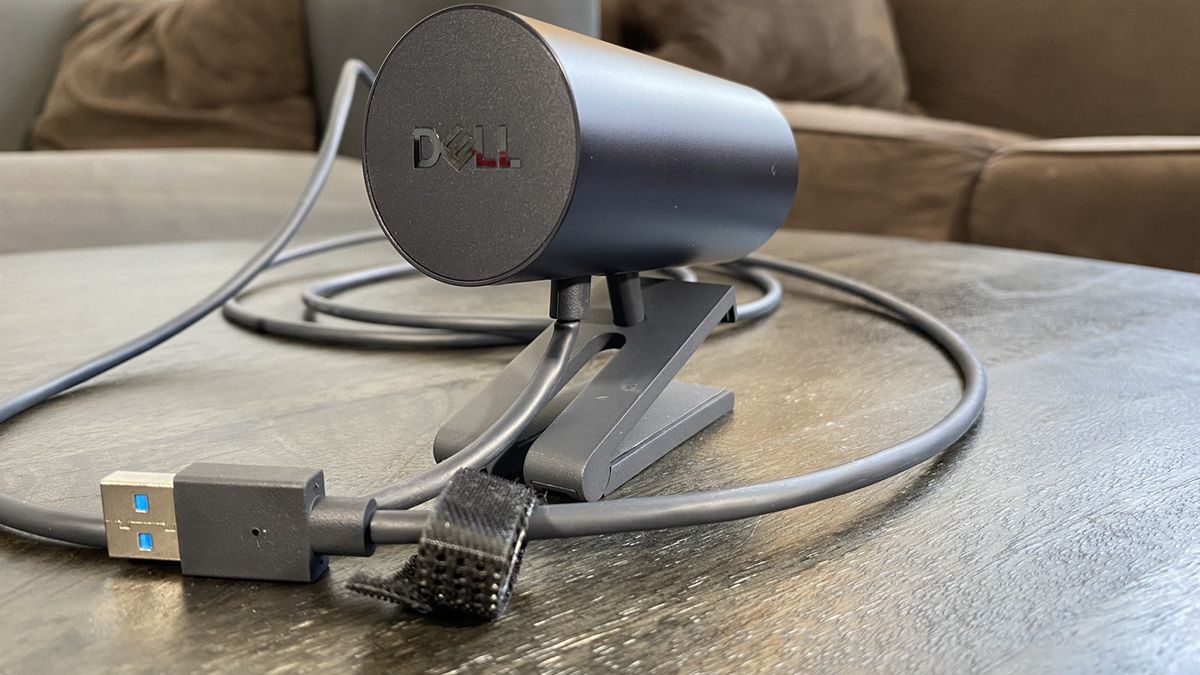Exploring the Difference Between USB 3.1 Gen 1 and Gen 2: What You Need to Know
When it comes to USB technology, it can be difficult to keep up with the latest advancements. With the introduction of USB 3.1, there are now two generations of the technology: Gen 1 and Gen 2. Understanding the differences between the two is important for anyone looking to purchase the latest USB technology.
The main difference between USB 3.1 Gen 1 and Gen 2 is the speed at which data can be transferred. USB 3.1 Gen 1 has a maximum data transfer rate of 5 Gbps, while USB 3.1 Gen 2 has a maximum data transfer rate of 10 Gbps. This means that USB 3.1 Gen 2 is twice as fast as USB 3.1 Gen 1.
Another difference between the two generations is the type of connector used. USB 3.1 Gen 1 uses the traditional Type-A connector, while USB 3.1 Gen 2 uses the new Type-C connector. The Type-C connector is smaller and reversible, making it easier to plug in and unplug devices.
Finally, USB 3.1 Gen 2 also supports the new USB Power Delivery (USB-PD) standard. This allows for faster charging of devices, as well as the ability to power larger devices such as laptops.
In conclusion, USB 3.1 Gen 1 and Gen 2 have several differences that are important to consider when purchasing USB technology. USB 3.1 Gen 2 is faster, uses the new Type-C connector, and supports USB-PD. Understanding these differences can help you make an informed decision when purchasing USB technology.
Comparing USB 3.1 Gen 1 and Gen 2: What’s the Difference?
When it comes to USB technology, there are two main generations of USB 3.1: Gen 1 and Gen 2. While both generations offer faster speeds than USB 2.0, there are some key differences between them.
USB 3.1 Gen 1, also known as SuperSpeed USB, offers transfer speeds of up to 5 Gbps. This is significantly faster than USB 2.0, which offers speeds of up to 480 Mbps. Gen 1 is backward compatible with USB 2.0, meaning it can be used with older devices.
USB 3.1 Gen 2, also known as SuperSpeed USB 10 Gbps, offers transfer speeds of up to 10 Gbps. This is twice as fast as Gen 1 and is not backward compatible with USB 2.0. Gen 2 also supports the USB Power Delivery specification, which allows for higher power output and faster charging.
In terms of physical connectors, both Gen 1 and Gen 2 use the same Type-A and Type-C connectors. However, Gen 2 cables are usually thicker and more durable than Gen 1 cables.
Overall, USB 3.1 Gen 2 offers faster speeds and better power delivery than Gen 1. However, it is not backward compatible with USB 2.0 and requires thicker cables. Therefore, it is important to consider your needs before deciding which generation of USB 3.1 is right for you.
USB 3.1 Gen 1 vs. Gen 2: What’s the Difference?
USB 3.1 is the latest version of the USB (Universal Serial Bus) standard for connecting computers and electronic devices. It is capable of transferring data at speeds up to 10 Gbps, which is twice as fast as USB 3.0. There are two generations of USB 3.1: Gen 1 and Gen 2. While both offer the same maximum data transfer rate, there are some key differences between them.
The main difference between USB 3.1 Gen 1 and Gen 2 is the maximum speed at which they can transfer data. USB 3.1 Gen 1 has a maximum data transfer rate of 5 Gbps, while USB 3.1 Gen 2 has a maximum data transfer rate of 10 Gbps. This means that USB 3.1 Gen 2 is twice as fast as USB 3.1 Gen 1.
Another difference between the two generations is the type of cables they use. USB 3.1 Gen 1 uses the same type of cables as USB 3.0, while USB 3.1 Gen 2 uses a new type of cable called Type-C. Type-C cables are reversible, meaning they can be plugged in either way, and they are also smaller and more durable than traditional USB cables.
Finally, USB 3.1 Gen 1 and Gen 2 also differ in terms of power delivery. USB 3.1 Gen 1 can deliver up to 4.5 watts of power, while USB 3.1 Gen 2 can deliver up to 15 watts of power. This means that USB 3.1 Gen 2 can be used to power more powerful devices, such as external hard drives and monitors.
In conclusion, USB 3.1 Gen 1 and Gen 2 are both capable of transferring data at speeds up to 10 Gbps, but there are some key differences between them. USB 3.1 Gen 1 has a maximum data transfer rate of 5 Gbps, while USB 3.1 Gen 2 has a maximum data transfer rate of 10 Gbps. Additionally, USB 3.1 Gen 1 uses the same type of cables as USB 3.0, while USB 3.1 Gen 2 uses a new type of cable called Type-C. Finally, USB 3.1 Gen 1 can deliver up to 4.5 watts of power, while USB 3.1 Gen 2 can deliver up to 15 watts of power.
https://www.youtube.com/watch?v=H-zylFXK8Qk
USB 3.1 Gen 1 and Gen 2: What’s the Difference and Which is Better?
When it comes to USB technology, there are two main versions: USB 3.1 Gen 1 and USB 3.1 Gen 2. While both versions offer faster data transfer speeds than their predecessors, there are some key differences between them. Understanding these differences can help you decide which version is best for your needs.
USB 3.1 Gen 1, also known as USB 3.0, is the older version of the two. It offers a maximum data transfer speed of 5 Gbps, which is significantly faster than the 480 Mbps offered by USB 2.0. It is also backward compatible with USB 2.0, meaning it can be used with older devices.
USB 3.1 Gen 2, on the other hand, is the newer version of the two. It offers a maximum data transfer speed of 10 Gbps, which is twice as fast as USB 3.1 Gen 1. It is also backward compatible with USB 3.1 Gen 1, meaning it can be used with older devices.
So which version is better? Ultimately, it depends on your needs. If you need faster data transfer speeds, then USB 3.1 Gen 2 is the better option. However, if you don’t need the extra speed, then USB 3.1 Gen 1 may be the better choice. It is also important to note that USB 3.1 Gen 2 is more expensive than USB 3.1 Gen 1, so cost may be a factor in your decision.
In conclusion, USB 3.1 Gen 1 and USB 3.1 Gen 2 both offer faster data transfer speeds than their predecessors. However, there are some key differences between them, including data transfer speed and cost. Ultimately, the best version for you will depend on your needs and budget.
USB 3.1 Gen 1 and Gen 2: What’s the Difference and Which Should You Choose?
When it comes to choosing the right USB connection for your device, it can be difficult to know which one to choose. USB 3.1 Gen 1 and Gen 2 are two of the most popular options, but what’s the difference between them?
USB 3.1 Gen 1, also known as USB 3.0, is the older of the two standards. It offers a maximum data transfer rate of 5 Gbps, which is enough for most everyday tasks. It is also backward compatible with USB 2.0, so you can use it with older devices.
USB 3.1 Gen 2, on the other hand, is the newer standard. It offers a maximum data transfer rate of 10 Gbps, which is twice as fast as USB 3.1 Gen 1. It is also backward compatible with USB 3.1 Gen 1 and USB 2.0, so you can use it with older devices.
So which one should you choose? If you need a fast connection for transferring large files or streaming high-definition video, then USB 3.1 Gen 2 is the better option. However, if you only need a basic connection for everyday tasks, then USB 3.1 Gen 1 is more than sufficient.
Ultimately, the choice between USB 3.1 Gen 1 and Gen 2 comes down to your needs. If you need a fast connection for transferring large files or streaming high-definition video, then USB 3.1 Gen 2 is the better option. However, if you only need a basic connection for everyday tasks, then USB 3.1 Gen 1 is more than sufficient.
USB 3.1 Gen 1 and Gen 2: A Comprehensive Guide to the Differences
USB 3.1 is the latest version of the Universal Serial Bus (USB) standard, and it offers a number of improvements over its predecessors. It is important to understand the differences between USB 3.1 Gen 1 and Gen 2, as they offer different speeds and capabilities. This guide will provide an overview of the differences between the two versions of USB 3.1, as well as the advantages and disadvantages of each.
USB 3.1 Gen 1, also known as SuperSpeed USB, was released in 2013 and is the first version of USB 3.1. It offers a maximum data transfer rate of 5 Gbps, which is 10 times faster than USB 2.0. It is backward compatible with USB 2.0 and USB 3.0, meaning that it can be used with older devices.
USB 3.1 Gen 2, also known as SuperSpeed+ USB, was released in 2013 and is the second version of USB 3.1. It offers a maximum data transfer rate of 10 Gbps, which is twice as fast as USB 3.1 Gen 1. It is also backward compatible with USB 2.0 and USB 3.0, but it is not compatible with USB 3.1 Gen 1.
The main advantage of USB 3.1 Gen 2 is its increased speed, which allows for faster data transfer and improved performance. It is also more power efficient than USB 3.1 Gen 1, meaning that it can be used with devices that require less power. Additionally, USB 3.1 Gen 2 supports the USB Power Delivery standard, which allows for faster charging of devices.
The main disadvantage of USB 3.1 Gen 2 is that it is not compatible with USB 3.1 Gen 1, meaning that devices that use the older version of the standard cannot be used with USB 3.1 Gen 2. Additionally, USB 3.1 Gen 2 is more expensive than USB 3.1 Gen 1, as it requires more advanced hardware.
In conclusion, USB 3.1 Gen 1 and Gen 2 offer different speeds and capabilities. USB 3.1 Gen 2 is faster and more power efficient than USB 3.1 Gen 1, but it is not compatible with the older version of the standard and is more expensive. It is important to understand the differences between the two versions of USB 3.1 in order to make an informed decision when purchasing new hardware.










